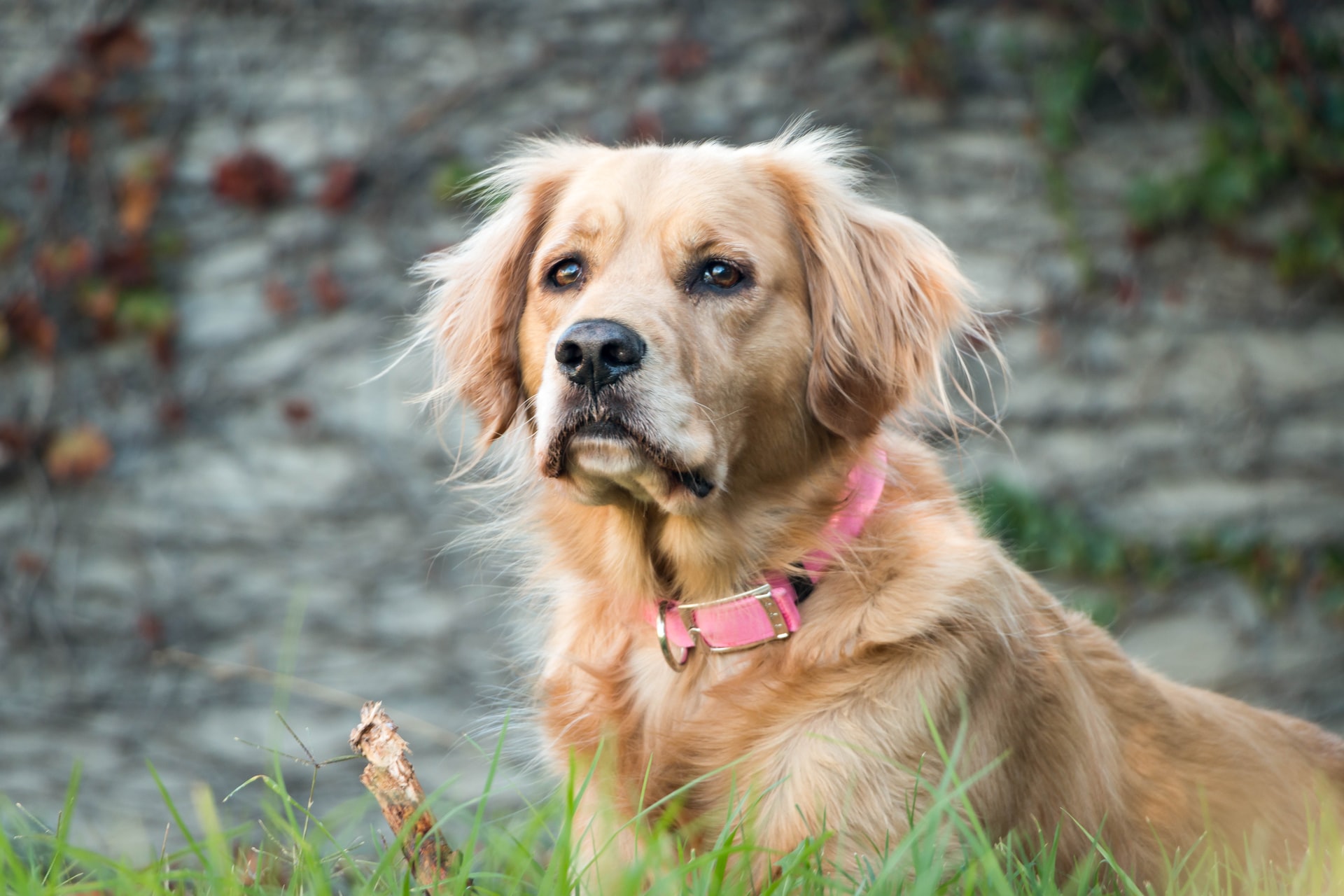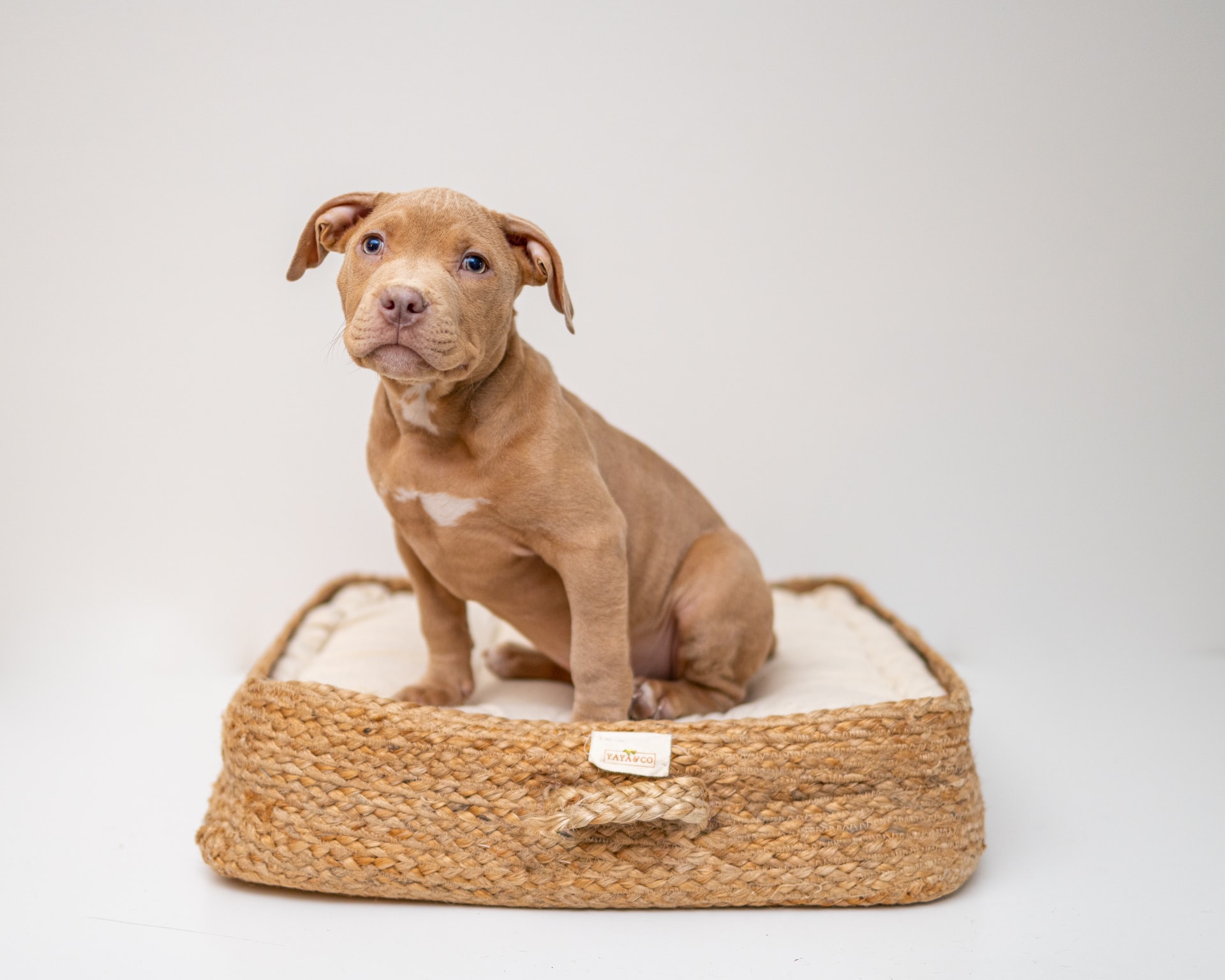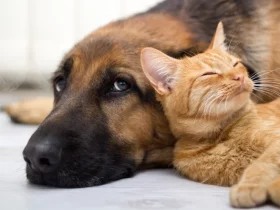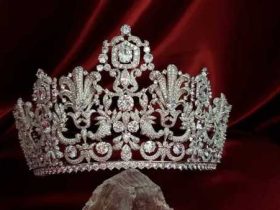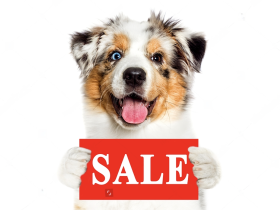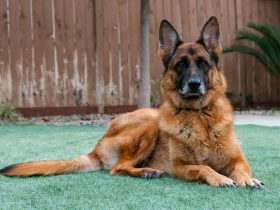Every dog should have a collar to hang id and rabies tags from, but which one is right for your dog?
Basically, it depends on the purpose and use the collar will get. Below is a guide of the different types of collars so you can judge which one(s) might be right for you.
Proper Fit and Size

One important consideration when shopping for collars is to make sure you get one that is the right strength for the dog and that fits properly. A large dog may need a sturdy collar and leash so he does not break either of them and smaller dogs won’t be comfortable in thick heavy dog collars. To fit the collar properly, make sure you can slip 2 fingers between the collar and your dog – don’t leave it too loose or the collar could slip off and don’t leave it too tight as it will be uncomfortable.
Collar Material
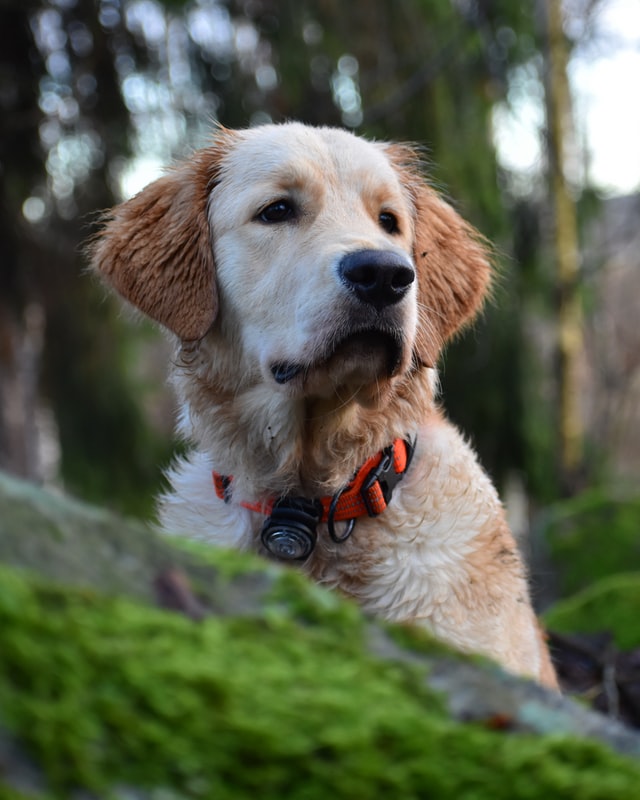
Dog Collars come in many different materials and designs. If your dog spends a lot of time outdoors rolling in wet grass and swimming, you’ll want to consider a nylon dog collar as they are washable and will last a long time. Nylon collars come in many colors and you can also buy matching leashes.
Leather dog collars can look great on a dog and last a long time. Matching leather leases are easy to grip and the leather on both the collar and leash gets softened over time by the oils (from you and your dog) for more comfort. You can buy flat leather dog collars for short haired dogs, or rolled collars which are best for long haired dogs.
They even have fancy designer collars for your diva dog, for example you can get a designer rhinestone collar or a harley davidson collar. You can get embossed leather dog collars, collars with charms, denim, bells and a multitude of prints and even a mood collar so you can see what kind of a mood your dog is in!
Safety Collars
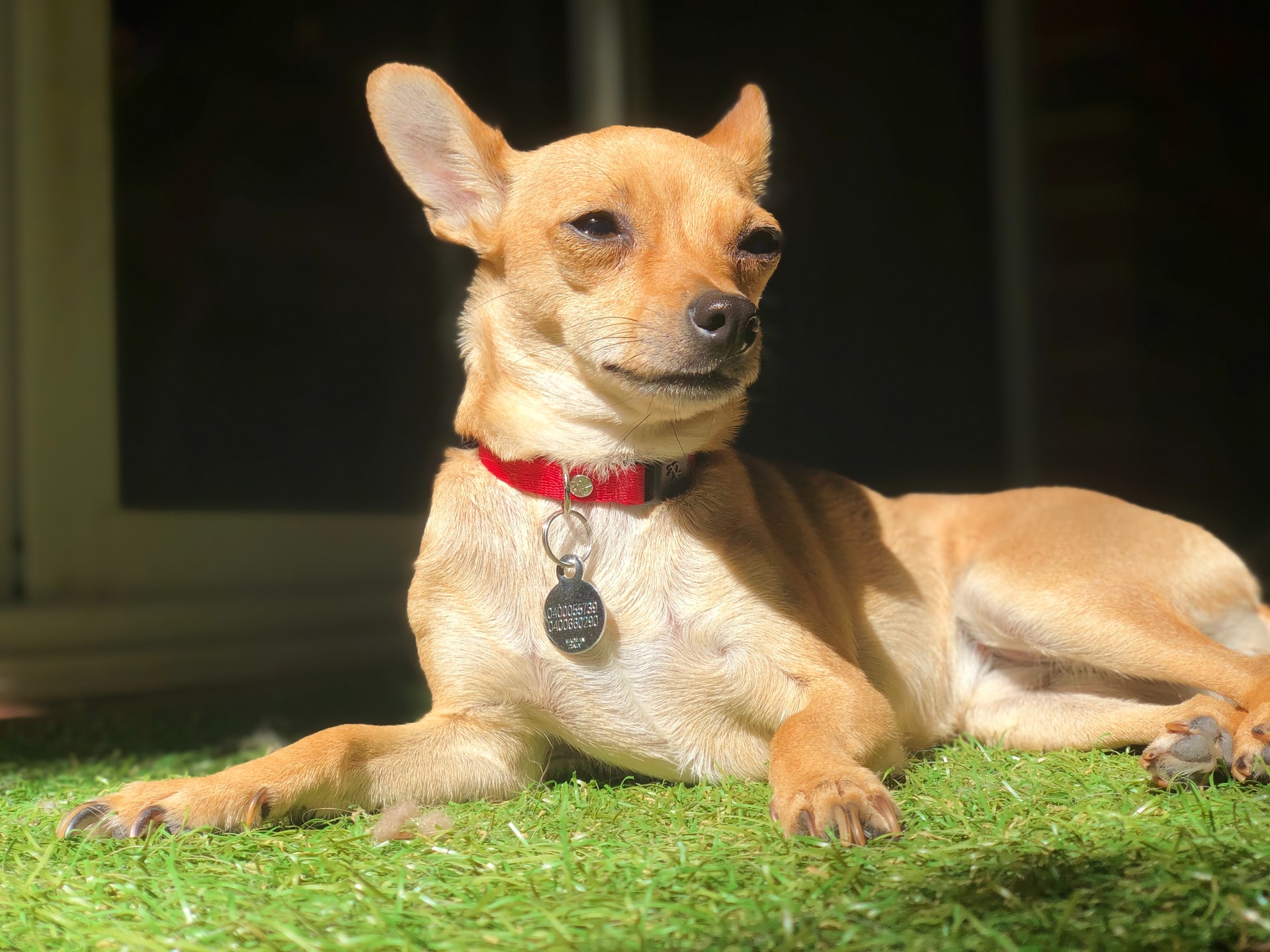
Dog collars serve multiple purposes, to hold the dog at the end of a leash, to hold id tags in case your dog gets lost and, in the case of some dog collars, to add safety when your dog is out and about. The has a flashing red light to make your dog visible to drivers when you walk your dog at night.
Training Collars
Some Dog collars such as choke chains, prong collars and head collars are used for training. These collars should be used during the training session ONLY and NOT as the dogs everyday collar. Never tie your dog out on a choke chain as he can easily be strangled.
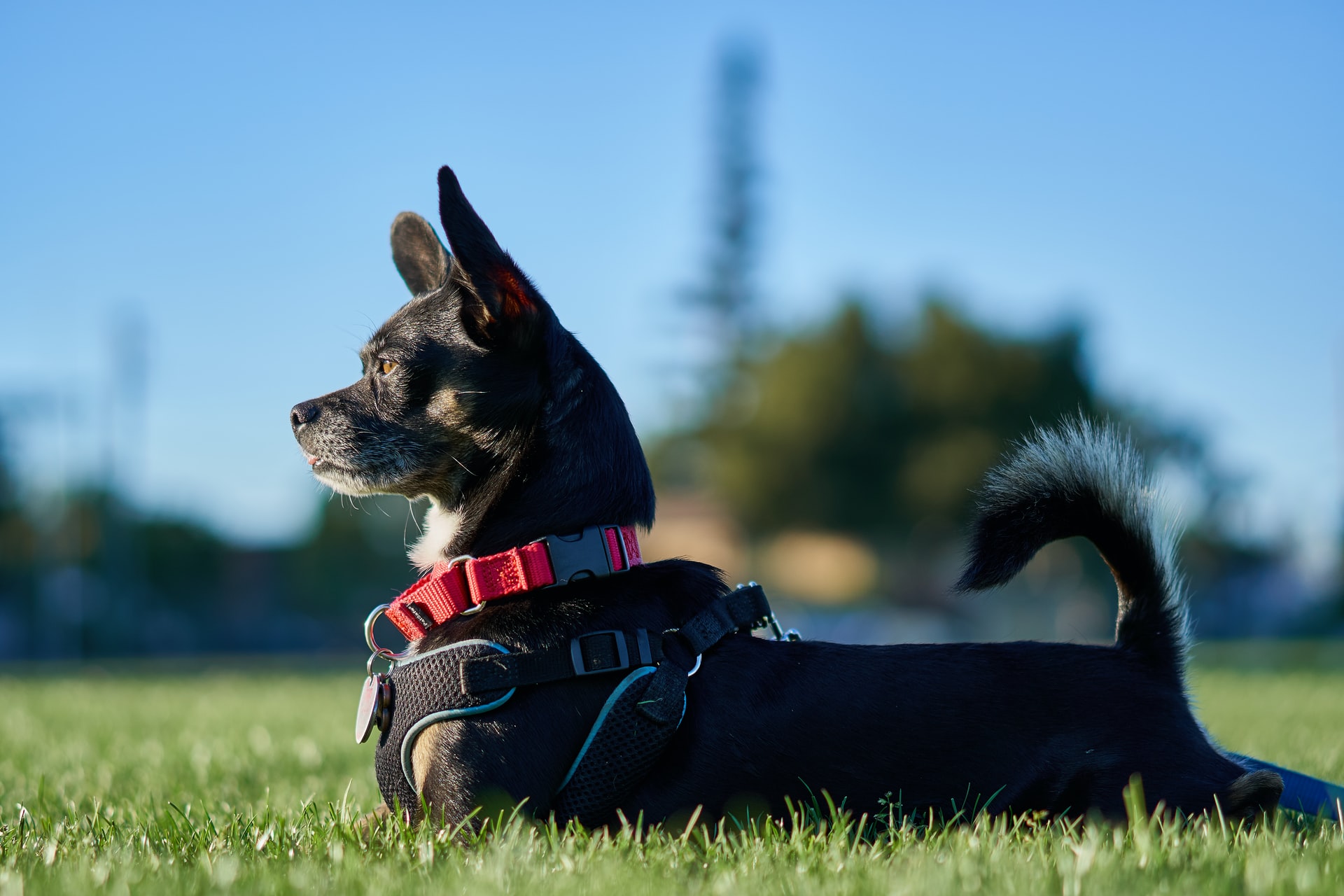
Choke chains are simply a chain the slips through a loop. When used properly, a jerk by the trainer causes the chain to tighten on the dog and “teach” him to behave as desired. When buying a choke chain make sure you get the proper weight chain for your dog – a heavy chain will tire out a small dog and a light chain may break on a stronger dog. The proper placement for a choke chain is high up on the neck near the ears – if placed lower the dog will feel little.
Prong collars are a gentler alternative to the choke collar. Although, they look nasty, many say prong collars are much more humane as a training collar. Like a choke chain, you need to get the appropriate weight for your dog. Placement is high up on the neck just under the ears, it should fit snugly and is designed to be put on and removed by taking one of the links apart. Prong collars are a bit tricky and will have no effect, or worse can hurt your dog if not used properly so it is best to take your dog to a training class to learn how to use the collar properly.
Head collars can be quite useful in training your dog not to pull when you take him for a walk. The collar fits snugly behind the ears and then has a “face loop” that fits under the jaw. This design allows you to steer the dog and correct undesirable behavior during walks. This is a very gentle form of training, however your dog may not like this collar at first and you may have to spend some time getting him used to wearing it.

